“Given there’s been a massive transfer of funding from health and public housing to pay for the tram, the government’s arrogant determination to pursue light rail should be stopped in its tracks,” says letter writer COLIN LYONS, of Weetangera.
IF anyone had any lingering belief that the ACT Light Rail Stage 1 had made a positive impact on traffic congestion on the corridor it serves, just observe Northbourne Avenue during peak hours.

It is a parking lot, not helped by the ridiculous 40kmh limit. Light rail was promoted by the government on the basis it would increase public transport use and reduce congestion. Neither has occurred.
In a presentation to the ACT branch of the Economics Society of Australia in March, former senior ACT Treasury officer Dr Khalid Ahmed revealed that between 2016 and 2021, the main method of travel for employed persons aged 15+ using bus and tram increased from 14,267 to 14,552, a trivial increase of 285 despite a very large increase in the number of employed persons aged 15+ in the same period of 43,000.
Dr Ahmed also showed in his address to the society that for Stage 1 of light rail, the benefits were overstated, the costs understated and the counterfactual case (do nothing) was not correctly defined. The benefit to cost ratio (BCR) for light rail was 1.2, for Bus Rapid Transit, 2.4. These figures were from the government’s business case.
Furthermore, the auditor-general cited 0.49 as the BCR (Auditor-General’s Report No. 5/2016; Initiation of the Light Rail Project) and added this was an optimistic figure.
Even more significant in the debate as to whether we should persist with light rail in Canberra are the facts around the comparative construction costs of light rail versus trackless trams.
The Institute of Transport and Logistics Studies located at the University of Sydney Business School is an acknowledged leader in the areas of transport, infrastructure, logistics and supply chain management. In a research paper written by Yale Wong from the ITLS in December 2018, the capital cost of a trackless tram, varied between $US7-15 million per kilometre. The equivalent cost for light rail was $US20-30 million per kilometre! There is no reason to believe that the relative difference in costs has changed. Construction costs have increased by about 30 per cent since.
The capital cost of Stage 2 of light rail is staggering. Even setting aside the enormous dislocation to the CBD road network and the delays to bus services on the southside, it can’t be justified because there are much cheaper and less disruptive alternatives.
Dr Ahmed further noted that Net ACT Government Debt in 2024-25 is forecast to reach $8.659 billion with an interest cost exceeding $500 million annually.
Given that there has been a massive transfer of funding from health and public housing budgets to pay for the tram, the government’s arrogant determination to pursue light rail extension should be stopped in its tracks.
Colin Lyons, Weetangera
And then we get to the overpasses…
ALTHOUGH I am a geologist and not an engineer, I see some potential problems with the construction of light rail stage 2B to Woden, all involving overpasses.
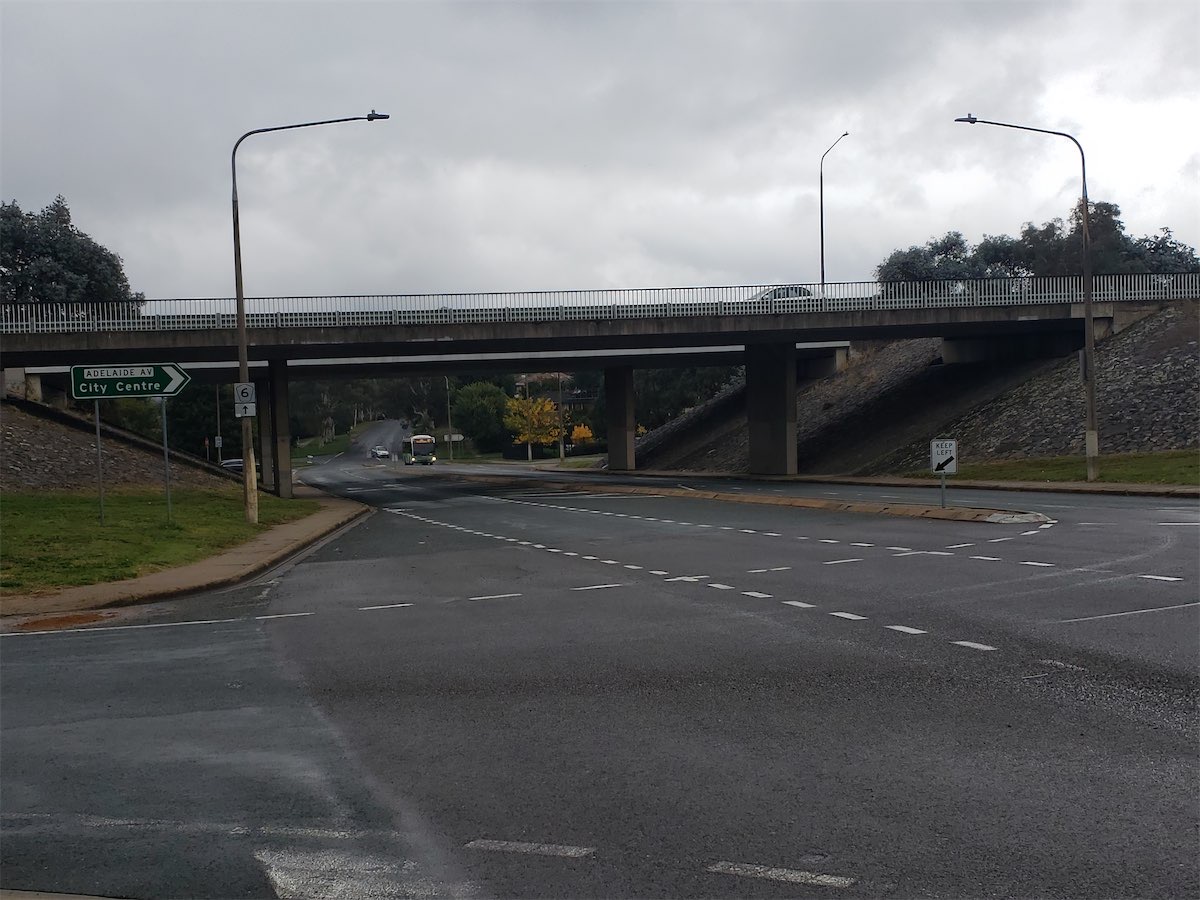
The first is at the intersection of Adelaide Avenue and Hopetoun Circuit. The overpass is divided into two widely separated carriageways, each on a reinforced concrete platform with wall-like supports on either side of Hopetoun Circuit (see photo).
The light rail system, presumably with two tracks, will obviously require a separate bridge. The potential problem is whether a concrete platform about 35 metres long will be strong enough to carry the light rail vehicles without central support.
Either way, construction of an extra bridge will necessarily cause considerable traffic disruption, mainly on Hopetoun Circuit. If this work takes as long as did relatively minor modifications to the Kent Street overpass, about one kilometre further west, the disruption on busy Hopetoun Circuit could last for months.
Has the cost of this work and its side effects been factored into the cost-benefit analysis of light rail stage 2B?
Douglas Mackenzie, Deakin
‘My rates and taxes are being wasted’
I AVIDLY read “CityNews” each week to get my dose of sanity. Thank you to Paul Costigan, Jon Stanhope and Michael Moore for tirelessly putting the facts out there rather than the biased and distorted view the current ACT government continues to provide.
Please, listen to reason, not only from these gentlemen, but many readers, and actually think about the very well thought out feedback and submissions from your constituents.
It is a fact, the bush capital is slowly being poisoned by medium-density development, the loss of green spaces and a train that most people do not want yet is sucking all the funds from the budget. Funds that should be being used to maintain the bush capital and support residents by providing good education and health outcomes for all.
This would result in improved employment opportunities and mental health.
My rates and taxes are simply being wasted. I feel like giving up because you just don’t listen except where the mighty dollar is concerned and a property developer is involved in the conversation.
Vicki Wallis, via email
Comparison requires more than just figures
BEATRICE Bodart-Bailey’s column (“The flawed ecological argument of high-rise infill”, CN April 6), is impeccably researched. However, I would like to add a point of view from someone having experienced different styles of accommodation.
I have stayed a few times in an apartment high rise of around 32 floors at Broadbeach in Queensland. We stayed in a bedsitter with a small balcony overlooking the ocean. The apartment was complete with a small, closed-off laundry, dishwasher, microwave, hotplates and TV. I don’t pretend this would suffice as permanent accommodation, but I looked at it as to how it would suit us as a couple.
The building featured indoor and outdoor pools, a small gym, convenience store and coffee bar. It was a short walk to a modest shopping mall with restaurants, coffee shops and Woolworths, the nearby park hosted weekend markets.
It could provide a satisfying lifestyle, at least for retirement. If I imagined the number of apartments, even as two storeys, spread as single buildings with bitumen access, concrete aprons, footpaths, modest greenery in between, all the convenient aspects of the apartments would disappear.
Fortunately, our current multi-storey accommodation in Greenway features many of the advantages mentioned even though Lake Tuggeranong can’t substitute for a Queensland surf beach. A comparison requires more than just figures.
Eric Lindemann, Greenway
Temperature, humidity and discomfort 101
CLIVE Williams in his “Whimsy” column, “Why humid weather makes you feel lethargic” (CN March 30) states: “In humid conditions, the air is populated by hydrogen and nitrogen as well as oxygen, and our lungs have to work harder to get oxygen from the air. This is part of the reason
why we feel so lethargic in humidity, and why physical activity can be especially taxing.”
Any physiologist would say to Clive: “Take a little time and study some physical chemistry and thermal physiology.”
What makes physical activity so hard at high temperatures is the need to lose heat.
Humans lose heat in four ways – evaporation of water (sweating, wet clothing, respiration), radiation (when air is cool), conduction (lying on a cold surface) and convection (sitting near a fan).
At high temperatures, still conditions and low humidity, the latter three are negligible and we rely on evaporation.
Now, let’s toss humidity into the mix. When we talk about humidity in relation to weather it is termed relative humidity (RH) – the amount of water vapour in the air relative to the maximum it can hold at that temperature.
When saturated (ie 100 per cent RH), a cubic metre of air can hold about 9 grams of water at 10°C and 17, 30 and 51g at 20°C, 30°C and 40°C, respectively. Thus at 50 per cent, RH the air holds about 4.5, 8.5, 15 and 25.5 grams of water at these temperatures. When it’s hot and dry (eg mid-afternoon in Canberra in summer (35°C and 35 per cent RH) sweat evaporates without you noticing, taking heat from your body. In the tropics in the wet season, it is always hot and humid (eg Mandalay 33°C and 80% RH) and sweat does not leave your body; you are soaked. Also the heat does not leave your body. How do you stay cool? By being lethargic!
Do nitrogen and hydrogen play a role in this? Simple answer – No! We breathe in more nitrogen (78 per cent of air) than any other gas, it’s inert and we simply breathe it out again. Hydrogen is barely detectable in air (0.00005 per cent) but, of course, it is 11 per cent of H2O!
Ian Wallis, O’Connor
Clean out of high-level public servants
ONE doesn’t need to have been “living in the dreamtime” to see how important the Royal Commission into Robodebt was.
It was able to penetrate the barriers of legal professional privilege and cabinet confidentiality and expose the workings of the public service and of government.
It is beyond my comprehension as to how bad the scheme and its implementation was, and it definitely needed the powers of a Royal Commission to winkle out of high-level public servants and their political masters, just how much obfuscation, stonewalling, blame-shifting, evasion, memory loss and fear of superiors was involved in administering a scheme that was noted as possibly illegal as far back as November 2014.
And no one has taken responsibility for the fiasco with Stuart Robert actually blaming Cabinet solidarity for its continuance.
Various high-level public servants knew that Robodebt was illegal, but were too frightened to advise departmental heads or their departmental ministers.
What is needed as a result of the Royal Commission is a complete clean out of those high-level public servants, along with responsible ministerial staffers and their masters, who allowed the scheme to proceed at the expense of hundreds of thousands of welfare recipients.
It is to be hoped that the Royal Commission will recommend that further investigations are warranted to see whether criminal conduct was involved and, if so, investigated under criminal law procedures.
Ric Hingee, Duffy
Democracy may not be the best, but…
FEW would deny that the world is in a mess – driven mainly by increasing lust for power. I would like to see the UN fund a video about Donald Trump and Mary Doyle as excellent examples of the saying (from a fading memory) democracy may not be the best political system, but it is superior to others that have been tried.
Colliss Parrett, Barton
Who can be trusted?
In a world of spin and confusion, there’s never been a more important time to support independent journalism in Canberra.
If you trust our work online and want to enforce the power of independent voices, I invite you to make a small contribution.
Every dollar of support is invested back into our journalism to help keep citynews.com.au strong and free.
Thank you,
Ian Meikle, editor

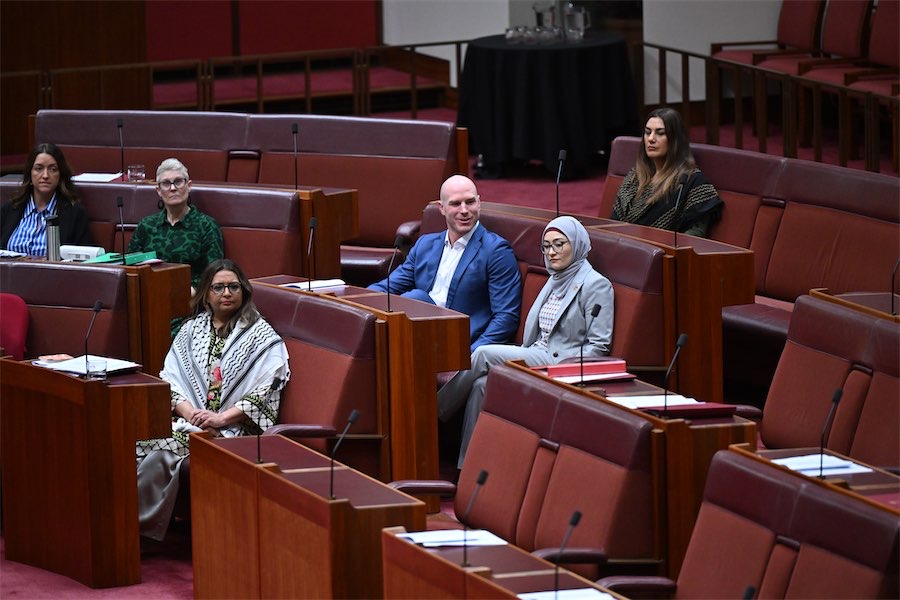
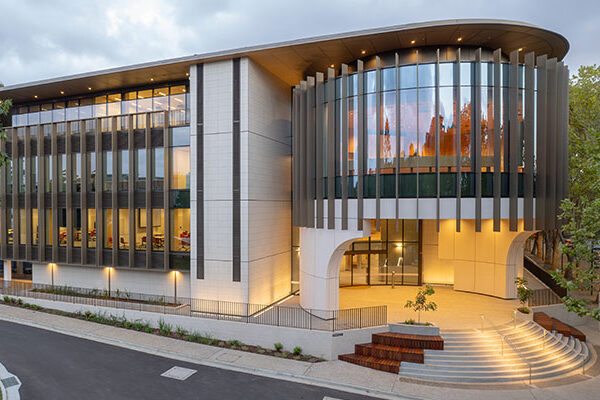


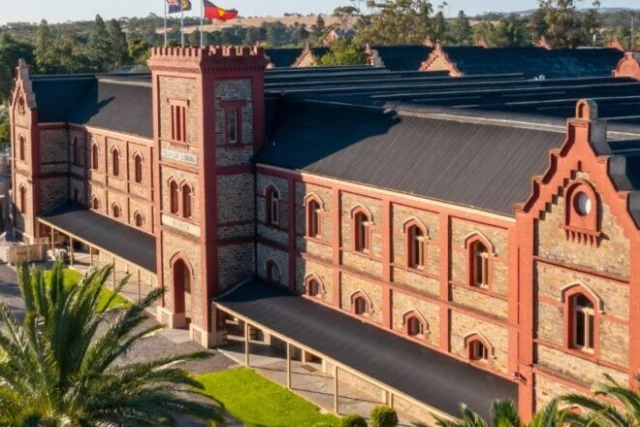


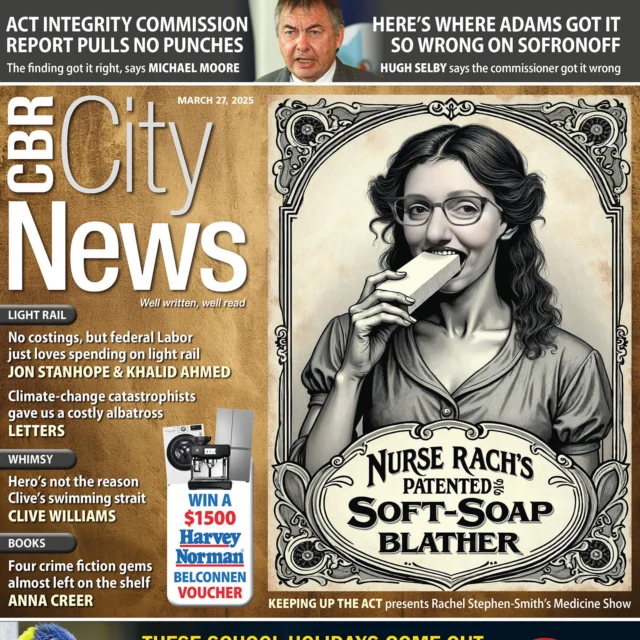
Leave a Reply